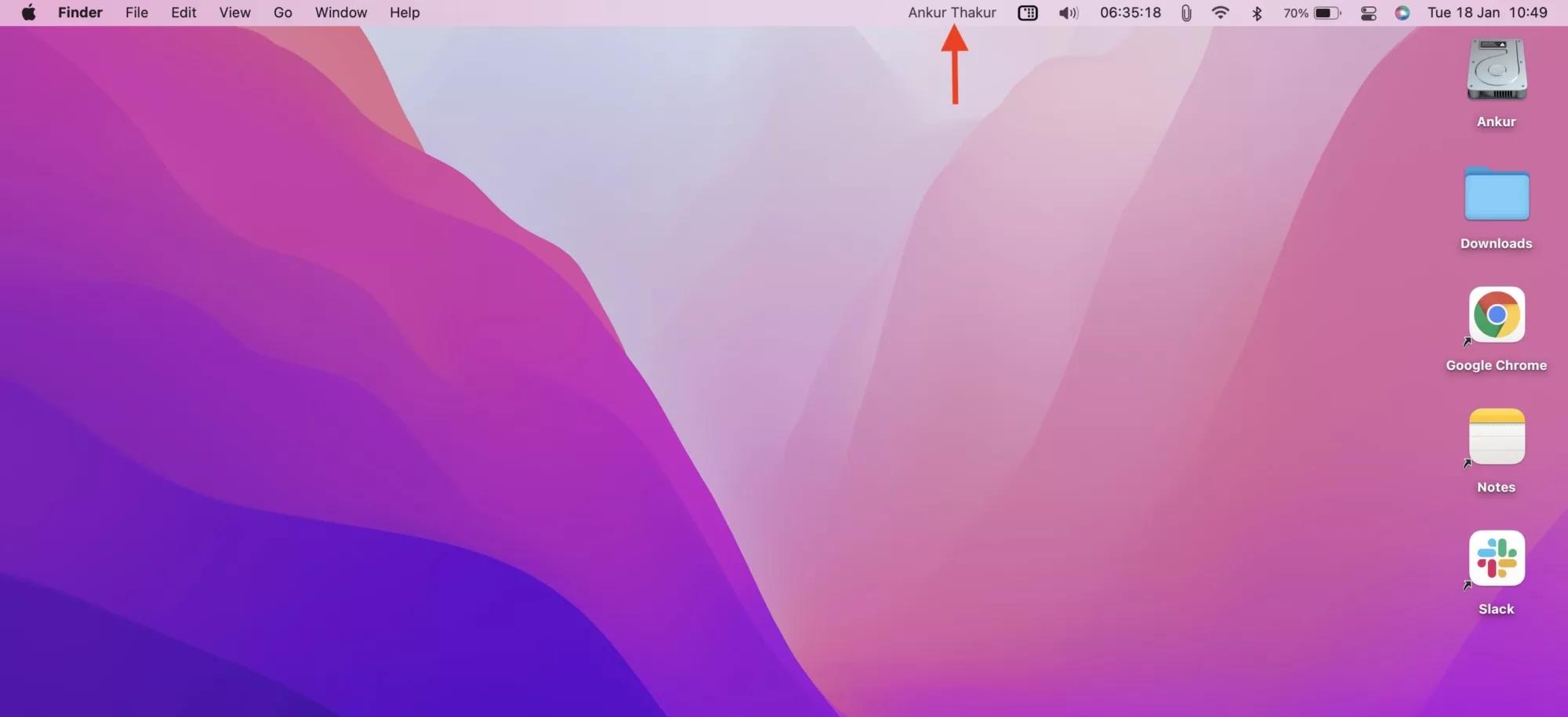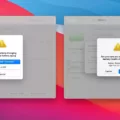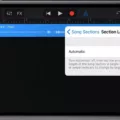The Mac menu bar is a convenient and essential part of the user interface, providing quick access to various system functions and application menus. However, some users may prefer to hide the menu bar to maximize screen space or create a cleaner desktop environment. In this article, we will explore how to hide the menu bar on a Mac and provide step-by-step instructions to help you customize your desktop experience.
To begin, open System Preferences by clicking on the Apple menu in the top-left corner of your screen and selecting “System Preferences” from the drop-down menu. Alternatively, you can use the Spotlight search feature by pressing Command + Space and typing “System Preferences.”
Once in the System Preferences window, locate and click on the “Dock & Menu Bar” icon. This will open the settings specifically related to the dock and menu bar.
On the left sidebar, you will see a list of options related to the dock and menu bar. Select the “Dock & Menu Bar” option to access the relevant settings.
In the main window, you will see a checkbox labeled “Automatically hide and show the menu bar on desktop.” Check this box to enable the feature.
By enabling this option, the menu bar will automatically hide when not in use and reappear when you move your cursor to the top of the screen. This allows you to have a more immersive and clutter-free experience while still having easy access to the menu bar when needed.
Additionally, you can also choose to hide the menu bar when working in full-screen mode. To do this, check the box labeled “Automatically hide and show the menu bar in full screen.”
Enabling this option ensures that the menu bar is hidden when you enter full-screen mode in applications. This can be particularly useful when watching videos or working on tasks that require your full attention, as it eliminates distractions and provides a more immersive experience.
It’s worth noting that while the menu bar is hidden, you can still access its functions by simply moving your cursor to the top of the screen. This will cause the menu bar to reappear temporarily, allowing you to access menus and perform any desired actions.
To revert to the default setting and show the menu bar at all times, simply uncheck the “Automatically hide and show the menu bar on desktop” and “Automatically hide and show the menu bar in full screen” options in the Dock & Menu Bar settings.
Hiding the menu bar on your Mac can be a useful way to maximize screen space and create a cleaner desktop environment. By following the steps outlined in this article, you can easily customize your menu bar settings to suit your personal preferences. Whether you choose to hide the menu bar on the desktop or in full-screen mode, you can enjoy a more immersive and focused experience while still having easy access to the menu bar when needed.

Why Won’t Your Menu Bar Hide On Mac?
There could be several reasons why the menu bar on your Mac won’t hide. Here are some possible explanations:
1. Application settings: Some applications have a setting that prevents the menu bar from hiding. Check the preferences or settings of the specific application you are using to see if there is an option to disable menu bar hiding.
2. Full-screen mode: When an application is in full-screen mode, the menu bar automatically shows and does not hide. This is a default behavior on Macs. If you want the menu bar to hide in full-screen mode, you can go to System Preferences > Dock & Menu Bar and check the box for “Automatically hide and show the menu bar in full screen.”
3. Menu bar customization: If you have customized your menu bar by adding additional icons or system shortcuts, it may prevent the menu bar from hiding. Try removing any third-party menu bar items and see if the menu bar starts hiding again.
4. Display settings: Sometimes, changes in display settings can affect the behavior of the menu bar. Go to System Preferences > Displays and make sure the resolution is set correctly for your monitor. Additionally, try changing the arrangement of multiple displays if you are using more than one.
5. Software issues: Occasionally, software bugs or conflicts can cause the menu bar to stop hiding. Make sure your Mac is up to date with the latest macOS updates, as these often include bug fixes. If the issue persists, you can try restarting your Mac or resetting the PRAM/NVRAM.
If none of these solutions work, it may be worth contacting Apple Support or visiting an Apple Store for further assistance.
How to Automatically Hide And Show The Menu Bar in Full Screen Mac?
To automatically hide and show the menu bar in full screen on a Mac, you can follow these steps:
1. Open the Apple menu located on the top-left corner of your screen.
2. From the drop-down menu, select “System Preferences.”
3. In the System Preferences window, find and click on the category labeled “Dock & Menu Bar.”
4. Within the Dock & Menu Bar settings, you will see a checkbox next to the option “Automatically hide and show the menu bar in full screen.”
5. Uncheck this box to disable the automatic hiding and showing of the menu bar in full screen mode on your Mac.
6. Once unchecked, the menu bar will always remain visible, even when you are in full screen mode.
By following these steps, you can easily control whether the menu bar automatically hides and shows in full screen on your Mac.
Conclusion
The menu bar hide feature on Mac is a convenient option that allows users to optimize their desktop space and enhance their full-screen experience. By automatically hiding the menu bar on the desktop, users can enjoy a clutter-free workspace, making it easier to focus on their tasks or enjoy immersive activities without any distractions.
Furthermore, enabling the menu bar to hide in full-screen mode ensures that users have a seamless and uninterrupted viewing experience. Whether watching videos, playing games, or working on presentations, the menu bar will automatically disappear, providing users with a larger and unobstructed screen area.
This feature is especially beneficial for those who prefer a minimalist and clean desktop layout, as it eliminates visual clutter and provides a more immersive working or entertainment environment.
To enable the menu bar hide feature on your Mac, simply navigate to System Preferences, select Dock & Menu Bar, and check the boxes for automatically hiding and showing the menu bar on the desktop and in full-screen mode. This simple adjustment can significantly enhance your Mac experience by maximizing screen real estate and reducing distractions.
The menu bar hide feature on Mac is a useful tool for optimizing desktop space, enhancing full-screen experiences, and promoting a more focused and streamlined workflow. With just a few clicks, you can enjoy a clutter-free desktop and a more immersive viewing experience, making your Mac usage more efficient and enjoyable.








